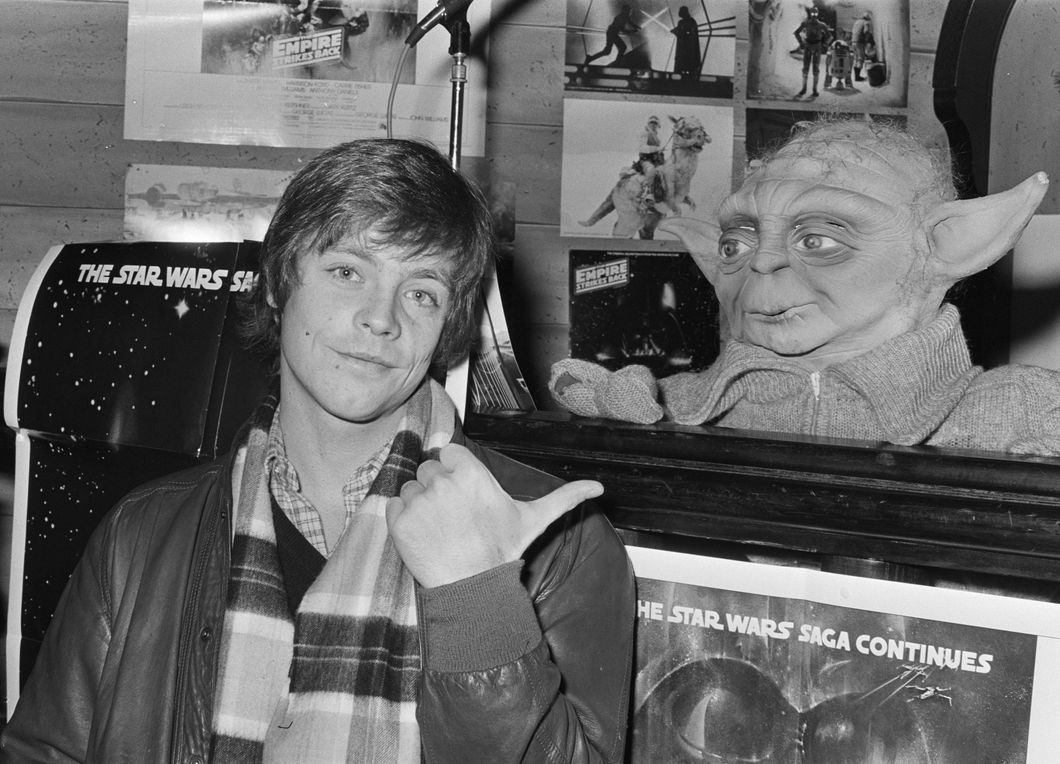Every man, woman, and child can remember the first time they saw the familiar opening screen crawl that accompanies the opening to the movie "Star Wars." Never before had a film achieved the level of fidelity and immersion that George Lucas' space epic did in the summer of 1977, and for a film that was made in an era before the dawn of the personal computer, the special effects are simply magnificent to behold. Lucas and the other makers of the film set out to deliver a fun, action-packed, space opera that would thrust audiences into immersion by the time the familiar tag-line, "In a Galaxy Far Far Away," appeared on the screen.
After the success of his first film, American Graffiti, director George Lucas turned his eye on an idea of a "space opera", which would be based on the outer space adventures of Flash Gordon and Buck Rogers — stories Lucas adored as a young boy. "The reason I'm making Star Wars is that I want to give young people some sort of faraway exotic environment for their imaginations to run around in," he said in an interview. And while he initially intended the film to play into the fantasies of young boys, Lucas would unknowingly go on to craft one of the most unparalleled movie franchises ever seen at that time. With the aid of never-before-seen special effects, sound, and costume design, "Star Wars" would excite moviegoers of all ages.
Aesthetically, the film achieves a look, feel, and even a certain sound that had not been witnessed in any science fiction movie at that time. Beginning with the sound of the film, designer Ben Burt used the techniques that would go on to be known as "foley" to capture sounds in the real world, which would, in turn, be used to craft the sounds which would make up the Star Wars world. Each laser blast, spacecraft, and atmospheric noise was handcrafted by two filmmakers in order to bring this never-before-seen universe to life.
For example, Burt would create the noise of the blaster rifle by hitting an antenna tower guy wire with a hammer. In a more interesting note, the sounds that made up the Tie Fighters were drastically altered elephant bellows. Moving on, the makers of Star Wars decided to opt for a 2:35:1 aspect ratio, which was mostly used for Westerns. The ratio was chosen so that the film could feel spacious, and grandiose. The film also has a sharp, clear image, primarily because Gilbert Taylor believed that outer space "wouldn't be out of focus".
Finally, it is time to reveal my opinion for the most successful visual manipulations of the film. Just as it was in the past reviews, I find it extremely difficult to divulge only two of my favorites, especially since "Star Wars" is perhaps one of the greatest films to use special effects to their full potential.
Now, for the first one, I have to go with the opening scene of the film in which the Rebel cruiser is being chased by the Imperial star destroyer, mainly because when "Star Wars" first appeared in theaters over forty years ago, I can only imagine what it would be like to see special effects of that fidelity as an audience member. Secondly, the destruction of the Death Star is definitely a spectacle to behold, as the image of the infamous star destroyer dissolving into a thousand pieces will never leave my mind. In the end, "Star Wars" succeeded thanks to its unparalleled use of revolutionary sound and visual effects, and its immense world building.






 The minimum wage is not a living wage.
StableDiffusion
The minimum wage is not a living wage.
StableDiffusion
 influential nations
StableDiffusion
influential nations
StableDiffusion












